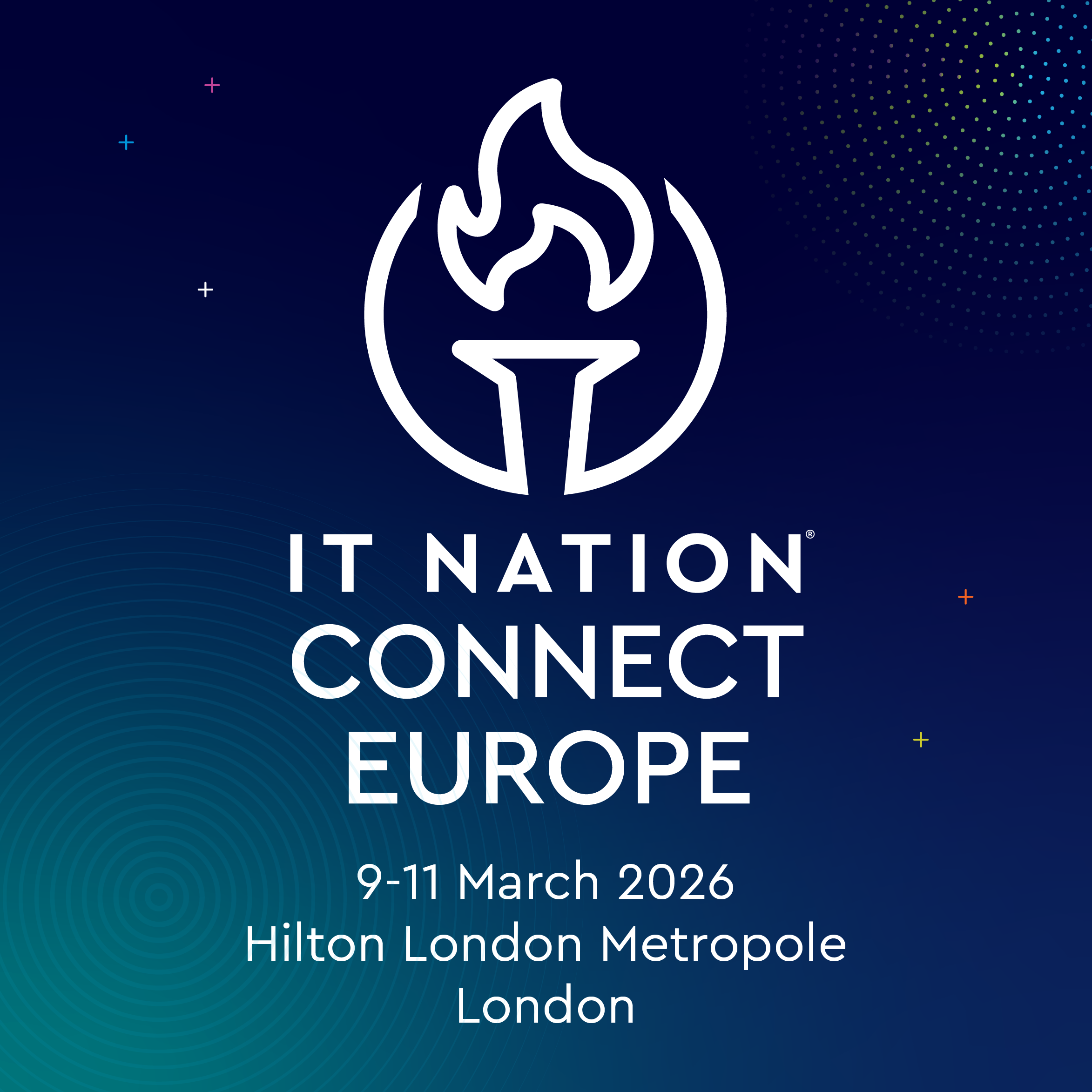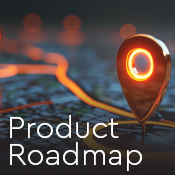Mobile device management (MDM) is the practice of monitoring, managing and securing employees’ laptops, tablets and other workplace devices. Security teams rely on MDM software as an essential tool within the larger enterprise mobile management (EMM) practice.
The practice of bring-your-own-device (BYOD) and the increasingly remote workforce have made MDM more crucial than ever before. Employees need to access their workplace information from anywhere, at any time, to maintain productivity. However, connecting to the network through personal mobile devices presents obvious security risks, especially to the organization’s data. This includes emails and documents which may be stored, processed or transmitted on these non-company devices.
MDM software allows teams to manage security and control functionality on these devices across multiple service providers and operating systems.
How MSPs use mobile device management for cybersecurity
MDM allows MSPs to scale their operations with remote employees and BYOD policies. Since MSPs require a high level of access to their customers’ accounts and data, MDM is necessary in protecting both organizations’ own data and that of their customers.
Without MDM, this critical information can easily fall into the wrong hands. Any company information that is lost or compromised on a remote or personal device is not secure with the absence of MDM.
An MSP should make use of MDM software while also executing policies around BYOD and remote access carefully. This includes having a process in place for retiring or replacing devices, and for clearing any pertinent information from a device after an employee leaves the organization.
Common features of MDM software
There’s a wide marketplace of MDM software solutions available, including customizable capabilities. However, some of the must-have features include:
- Compatibility with several device types and operating systems
- Security configuration, data encryption, and remote access for all mobile device types
- Cloud-based storage and automatic updates
- Device inventory that tracks warranty and security status, ownership and more
- Data backup and recovery functionality
- Jailbreaking and rooting alerts, as well as prevention
- Passcode enforcement, authentication capabilities and remote data wiping
- Full management with 24/7 monitoring
The MDM software will provide security admins access to these features through a management console, allowing them to provide employees with the security and tools they need remotely.








